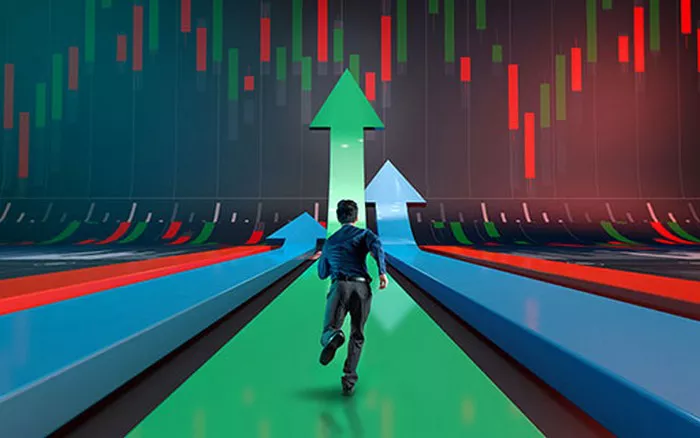Copper futures have long been regarded as a barometer of global economic health, reflecting industrial demand, infrastructure investment, and manufacturing activity worldwide. As investors monitor the performance of copper futures amid market fluctuations, one question often arises: What is the all-time high for copper futures? In this article, we delve into the history of copper futures prices, exploring the factors driving their ascent to record highs and the implications for market participants.
Understanding Copper Futures
Copper futures contracts represent agreements to buy or sell a specified quantity of copper at a predetermined price on a future date. These contracts provide market participants with exposure to copper prices, enabling hedging against price volatility and speculation on future price movements. As an essential industrial metal, copper is widely used in construction, electrical wiring, electronics, and transportation, making its futures prices sensitive to shifts in global economic conditions and industrial activity.
The All-Time High for Copper Futures
The all-time high for copper futures refers to the highest price level ever reached by copper futures contracts traded on commodity exchanges. Determining the precise all-time high for copper futures requires examining historical price data and identifying the peak price level attained by copper futures contracts over time.
Factors Influencing Copper Futures Prices
Several factors influence copper futures prices, contributing to their rise to all-time highs:
Supply-Demand Dynamics: Copper futures prices are influenced by supply-demand fundamentals, including global production levels, consumption trends, and inventory levels. Supply disruptions, such as labor strikes, mine closures, or geopolitical tensions in major copper-producing regions, can tighten supply conditions and drive prices higher.
Economic Growth and Industrial Activity: Copper futures prices are closely linked to global economic growth and industrial activity, given copper’s widespread use in infrastructure development, construction projects, and manufacturing processes. Strong economic growth and robust industrial activity typically drive demand for copper, supporting higher futures prices.
Currency Movements: Copper futures prices are denominated in U.S. dollars (USD) on most commodity exchanges, making them sensitive to fluctuations in currency exchange rates. A weaker USD relative to other currencies can increase demand for copper as an inflation hedge and drive prices higher in dollar terms.
Speculative Activity: Speculative trading activity in copper futures markets can influence short-term price movements and contribute to volatility. Hedge funds, institutional investors, and individual traders may enter and exit copper futures positions based on market sentiment, technical analysis, and macroeconomic factors, amplifying price fluctuations.
Global Trade and Tariffs: Copper futures prices can be affected by changes in global trade policies, tariffs, and trade tensions between major economies. Trade disputes or protectionist measures that disrupt international trade flows can impact copper demand and supply chains, leading to price volatility in futures markets.
Implications for Market Participants
The all-time high for copper futures carries significant implications for market participants, including producers, consumers, traders, and investors:
Producers: Copper producers may benefit from higher futures prices, as they translate into higher revenues and profitability for mining companies. However, producers must also manage operational costs, supply chain risks, and environmental considerations to capitalize on favorable market conditions.
Consumers: End-users of copper, such as manufacturers, construction firms, and electronics companies, may face higher input costs when copper futures prices reach all-time highs. Managing raw material costs, supply chain disruptions, and price volatility becomes crucial for consumer industries to maintain competitiveness and profitability.
Traders: Speculative traders and investors in copper futures markets may seek to capitalize on price trends and volatility associated with all-time highs. Trading strategies such as trend following, momentum trading, and arbitrage can be employed to profit from price movements and market inefficiencies in copper futures markets.
Investors: Institutional investors, hedge funds, and individual investors may incorporate copper futures into their diversified investment portfolios as a way to gain exposure to commodity markets and hedge against inflationary risks. All-time highs in copper futures prices may attract investor interest and contribute to portfolio diversification strategies.
Conclusion
In conclusion, the all-time high for copper futures represents the peak price level reached by copper futures contracts traded on commodity exchanges. Influenced by supply-demand dynamics, economic growth, currency movements, speculative activity, and global trade factors, copper futures prices reflect the complex interplay of market forces shaping the copper industry.
As copper remains a vital industrial metal with widespread applications in various sectors of the economy, market participants closely monitor futures prices to gauge market sentiment, assess risk exposure, and make informed trading decisions. By understanding the factors driving copper futures prices to all-time highs, market participants can navigate the dynamic landscape of commodity markets and seize opportunities for profit and risk management in the copper futures arena.


